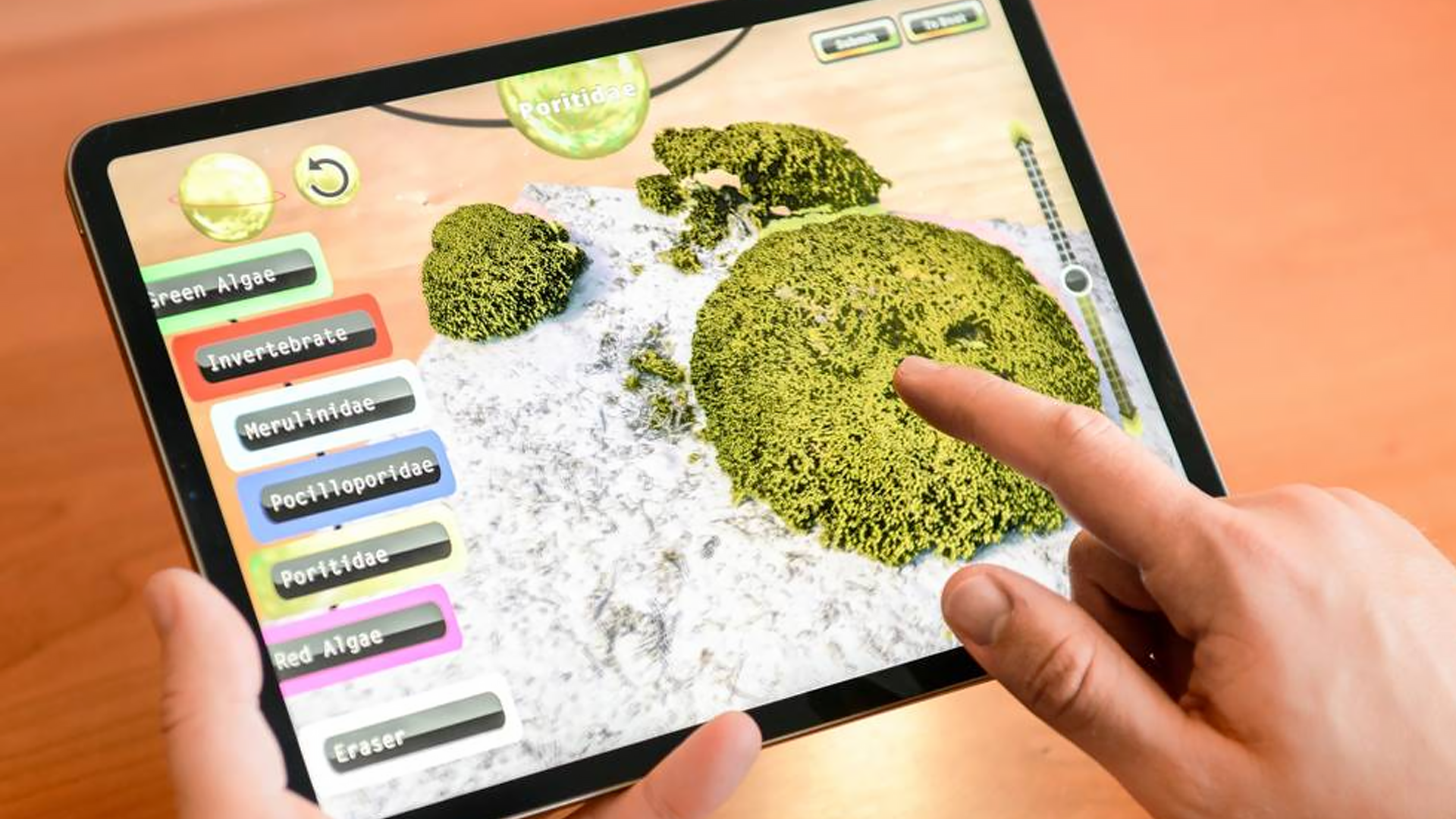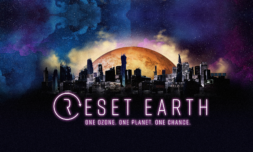As rising temperatures continue to bleach delicate coral ecosystems, NASA scientists are turning to gamers to help map out the ocean floor.
If you’re willing to put your candy crushing obsession aside for a bit, NASA is offering gamers the opportunity to partake in a mission of global importance.
Despite covering less than a percent of the ocean floor, coral reefs are home to more than a quarter of all marine life – most of which is under constant threat due to the menace of global warming.
When it comes to the rising of temperatures, our oceans are said to absorb more than 90% of the heat energy from our greenhouse gas emissions. A drastic knock-on effect from this can lead to a process called bleaching, which has the potential to decimate coral on a monumental scale.
NASA had previously monitored the health of coral ecosystems through the use of ‘fluid lensing cameras’ which employ complex AI processes to see past optical distortions. As you’d imagine, getting eyes on the ocean floor isn’t always an easy thing.
Mounted onboard drones or passing aircraft on expeditions to Puerto Rico, Guam, American Samoa and elsewhere, these smart cameras have helped to build data on the fluctuating state of our coral reefs. However, the manual analysis which follows is often a slow and laborious process.
Now doubling down efforts to get a comprehensive overview of the situation, NASA is turning to gamers to maximise the efficiency of its coral mapping technology.
Essential to this initiative is a new game/app amusingly dubbed NeMO-NET, or the Neural-Modal Observation and Training Network, which will allow players to streamline classification for coral types and health.




















